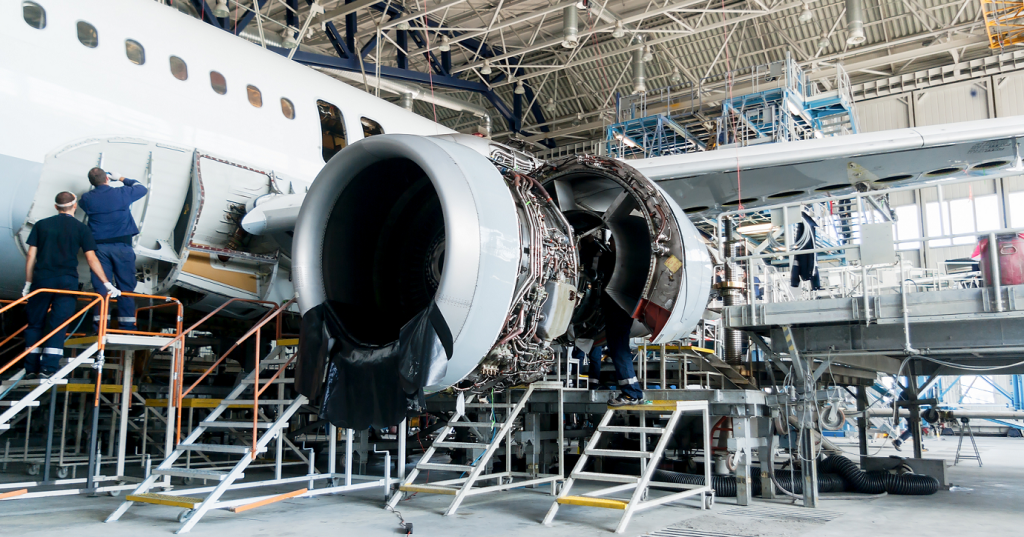Do Licensed Aircraft Engineers LAE’s truly understand their roles and responsibilities?
In fact there are some indicators that there may be some gaps in this understanding, lets consider some of the issues and share an understanding.
1/ Quality Control
Whilst the Business Area Owner / Post Holder is ultimately responsible for the overall delivery of an effective QC business process, It is the responsibility of the individual LAE to ensure “his patch” is adequately covered.
a) Does he understand the documentation – (not so so) – but 100% he (or she ) must totally and completely understand the information. If the document refers to other criteria or information – where is it? Do you agree that it is correct? – this is not a suggestion of best practice it is simply MANDATORY
b) Are all the parts correctly released – is the configuration correct? Are there any applicable AD’s or SB’s – these are all ultimately the responsibility of the Certifying Engineer – never loose sight of the fact that the buck stops with the LAE!
2/ The Buck Stops Where
There may be a misconception in that the LAE MUST make all necessary decisions (in fact the sooner the better) . The reason why Large Aircraft are released in- accordance with a Company Authorisation is the fact that the LAE is not a 1 man band !
He has support departments – Technical Services – Production Planning – Logistics – Quality Assurance, all of which are available to help and is required to ask the questions which are necessary to perform the work in accordance with the approved Data.
a) If you do not have all necessary information you can not make the appropriate decisions ask the questions necessary. (but note the next comment)
b) Any questions which have a bearing on product certification must be asked in writing – mistakes are made when we only communicate verbally – this is a NO NO
3/ Dirty Data
We focus on the need for Data as being essential to deliver effective maintenance, but where does it come from? If we do not know it is current we should not be using it.
a) Never assume – know – It is only by being sure of the integrity of the data that we can rely on the information.
b) You must know how to verify data is correct – if you do not quite simply you should not be using it
c) Always be prepared to challenge – if something seems odd to you then quite possibly it is, in any event it is better to be wrong several times than to fail to speak up and ask the question which would have identified that something is wrong.
www.sassofia.com offers more than 300 regulatory and vocational training courses for details please see the website or email office@sassofia.com




